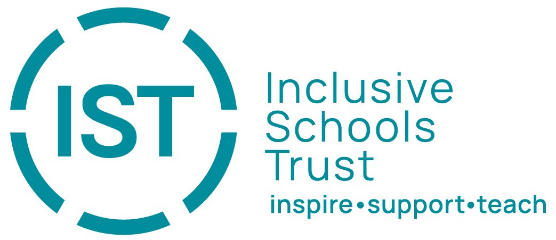Ten activities for developing and improving your child’s speech and language skills
There are many simple activities that you can do with your child to develop their speech and language skills.
1. Be a good model – speak clearly and slowly and face your child when speaking. If your child says a word or sentence incorrectly, rather than correct them or ask them to repeat it, just say the word / sentence back to them correctly to show you have understood. This way your child always hears the correct version. This is how children learn language.
2. Remember your language level – don’t use words or sentences that your child will not understand. Speak to them using language they can understand, and explain any new words.
3. Make time to sit down with your child – even if it is just for a few minutes a day (although the more one-to-one time the better), spend some quiet time with your child, away from distractions. Look at a book together and talk about the pictures.
4. Turn off the TV when you can – play a game, talk about what you have done today. Talk, talk, talk!
5. Observe and comment – when you are playing with your child, take a step back, do not feel that you have to fill the silences, just comment on the things your child is doing so they can here (and learn) the new vocabulary.
6. Let your child lead – let your child lead the play, let them be the boss of play. This can build self-confidence and does not put pressure on them to talk and respond to the adult all the time.
7. Books, books, books – books can be used in many ways to develop language and early literacy skills. Evidence shows that children that have more exposure to books prior to schooling often find it develop early literacy skills earlier.
8. Sing songs and nursery rhymes – songs and rhymes contain rhythm and rhyme, skills that help with speech and literacy development.
9. Feed language in, don’t force it out – comment and expand on your child’s words and sentences, rather than asking them to repeat words. If your child says “car”, respond with “big car” or “yellow car” or “fast car”. This is how children learn words, by hearing new vocabulary and linking it to the items or events they are focussing on.
10. Make every opportunity a language learning activity – you can make every activity a language learning activity. Point to things, name them, sing a nursery rhyme, or ask a question. You don’t have to set aside a specific time of day to learn language, every activity is a language learning activity.
Activities to support speech and language development
What’s Going on in this Picture / photo
Show your child a picture. Encourage them to talk about who and what they can see in the picture. Try to figure out what might be going on in the image by using what you see. Modelling the correct pronunciation of words when needed. Perhaps your child needs support with using the correct words for locating objects. Ask them questions – what is on the table?
Scavenger Hunts
Go on a scavenger hunt throughout the house to find objects that contain sounds your child needs to work on; search for objects and say their names. Sort the objects by colour, type, other.
Listening to Stories
Practice listening comprehension with your child by sharing stories together. Frequently pause and see if your child can repeat information; paraphrase into their own words; visualize and draw a picture of what was heard; make connections with the main characters or events; and identify the story elements of setting, characters, problem, and solution.
Play Board or Card Games
Board games and card games offer tons of opportunities to practice just about any area of speech and language. Practice articulation, intelligibility (talking slowly and clearly), giving and following directions.
Cooking or Baking
Choose a recipe to complete with your child and involve them in preparing daily meals. Explain steps to the child and ask them to complete tasks to help. Once the food has been prepared, students can retell the steps using sequencing words and describe the taste of the food using adjectives.
What’s in the Bag?
Find a small item from around the house (i.e. hair brush, whisk, battery, etc.) and put it inside a bag without letting your child see what it is. Then give clues about the item and see if your child can guess what it is (i.e. for whisk: it is found in the kitchen, it is used for mixing, it’s made of metal, etc.). Once your child guesses what’s inside the bag, you can switch roles – have your child find an item and give you clues!
Speech Language and Communication Needs Joint Pathways May 2021


